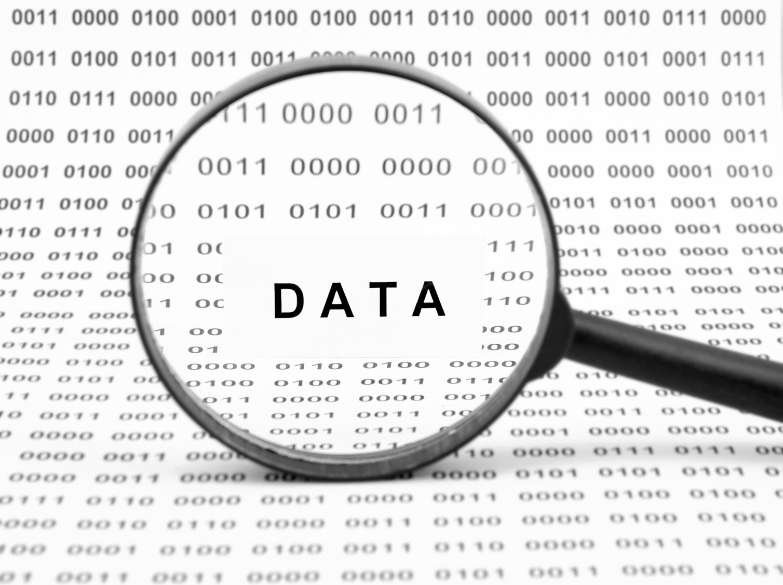
As the data collection methods have extreme influence over the validity of the research outcomes, it is considered as the crucial aspect of the studies
May 2025 | Source: News-Medical
At the forefront of today’s evolving life sciences and healthcare ecosystem is the need for biostatistics services and statistical programming for clinical trials. Biostatistics and statistical programming are multidimensional and highly reliant on other fields, situated at the intersection of science, technology, and regulation. Biostatistics and statistical programming provide the ingredients to synthesize data from clinical research into credible, current, evidence that meets regulatory standards.[1] [2]
Biostatistical services can facilitate drug development, medical device studies, public health studies, and real-world evidence, biostatistical solutions drive precision, keep the science intact, and expedite regulatory compliance.[3]
Biostatistics is more than a numbers game; it is the science behind the rigor and reproducibility of study findings. Biostatistics comes into play in calculating sample size, doing power analysis, modelling survival analysis, and regression analysis; while guiding researchers to design rigorous studies, making statistically valid conclusions, and supporting conclusions with evidence.[4]
Statistical programming outsourcing is becoming even more important for organizations that need scalable, compliant, and cost-efficient solutions for data assessment. Statistical programmers regularly collaborate with biostatisticians to create executable code from statistical analysis plans using tools such as SAS, R, Python, SPSS, and STATA.
Life sciences companies are faced with strict requirements for regulatory-compliant statistical analysis when they submit to the European Medicines Agency, Medicines and Healthcare products Regulatory Agency or the US Food and Drug Administration. It is essential to follow the guidelines before an agency will approve a product.[5]
Regulatory-grade biostatistics consulting provides the following assurances:
| Data integrity | every value can be traced back to its originating source |
| Transparency | methods and assumed conditions are well documented. |
| Reproducibility | independent verification of results is possible |
| Standardisation | international frameworks such as CDISC or ICH-GCP are used. |
Biostatistics and statistical programming services are used across numerous different sectors of life sciences, including:
Dose-response modelling, interim analyses and efficacy studies.
Pharmaceutical biostatistics consultancy for drug development pipelines.
Design and analysis of device performance trials that comply with MDR.
Disease surveillance, vaccine efficacy studies and outbreak modelling.
Analysis of genome-wide association studies (GWAS) and other omics data.
Supporting publications in peer-reviewed journals with compliant, high-quality statistical outputs.
The emergence of real-world evidence analytics and big data in the field of health has broadened the horizon in terms of biostatistical analysis. Advanced statistical modelling methods (including Bayesian analysis, machine learning approaches, mixed effect modelling, etc.) allows researchers to glean meaningful insights from large, diverse, and complex datasets.
When artificial intelligence (AI) and machine learning (ML) methods are built or combined appropriately with biostatistical analysis, organizations can improve their prediction quality and make better decisions.[3] [4]
For many organisations, working with an experienced supplier of statistical programming outsourcing has many advantages:
| Scalability | access to resources for one-off studies or large portfolios |
| Cost efficiency | no need to incur the cost of recruiting and training in-house staff. |
| Expertise on demand | access to specialist knowledge with experience across therapeutic areas. |
| Faster timelines | automated processes and established workflows |
Statswork combine extensive domain experience and best-practice statistical programming in biostatistical services to furnish usable, regulatory-compliant outputs. Our foundational deliverables consist of:
By adopting rigorous quality assurance, we ensure every output meets the highest possible scientific and regulatory standard, providing life science bodies the confidence to achieve operational excellence.[2]
In the highly regulated data-driven world of life sciences today, biostatistics and statistical programming are critical functions for developing accurate, compliant, and meaningful research. Biostatistical and statistical programming services support the entire process from trial design through regulatory submission and turn complicated data into simple and actionable insights that push science forward and improve patient outcomes. Partnering science with an expert, service-oriented provider like Statswork guarantees that every study is professional, precise, compliant, and reliable.[6]
WhatsApp us